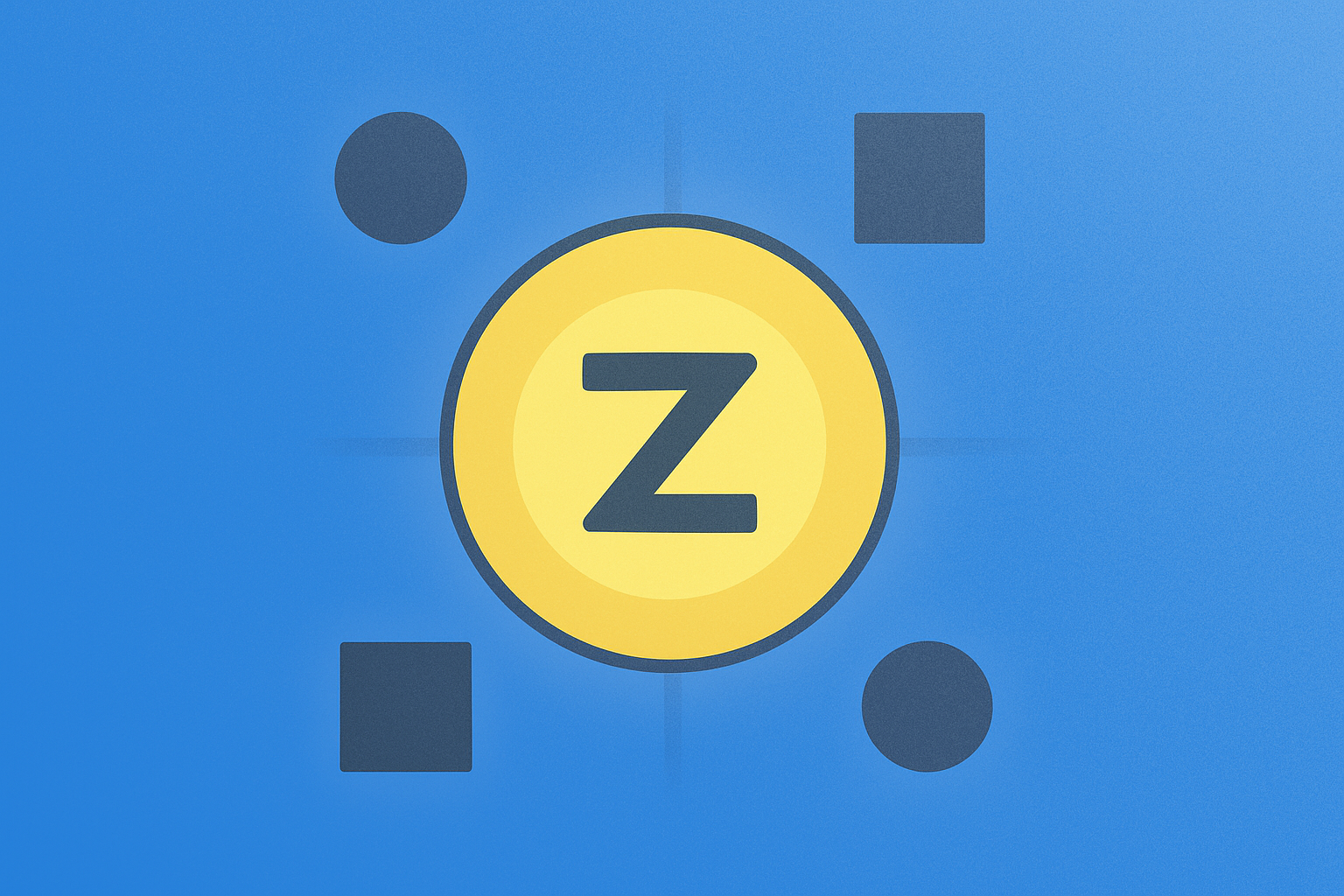Gate Layer: 2025 Yılında Öne Çıkan En İyi Layer 2 Ağ Çözümlerini Keşfedin


Gate Layer: 2025’in Lider Layer 2 Ağına Giden Yol
2025 yılına gelindiğinde Gate Layer, blokzinciri sektöründe en öne çıkan Layer 2 ağ çözümlerinden biri haline gelmiştir. OP Stack üzerine kurulu ve EVM ile tam uyumlu olarak tasarlanan Gate Layer, ölçeklenebilirlik ile işlem maliyetlerinde önemli iyileştirmeler getirmiştir. Yenilikçi bir Layer 2 blokzinciri olarak Gate Layer, hem Ethereum ana ağının güvenliğini korur hem de ileri seviye mimarisiyle ağ performansını gözle görülür biçimde yükseltir. Son veriler, Gate Layer’ın işlemleri saniyede 3.000 TPS seviyesinde gerçekleştirdiğini ortaya koyuyor; bu, Ethereum ana ağından 100 kat daha hızlıdır. Ayrıca işlem ücretleri ana ağın yalnızca onda biri düzeyindedir ve bu da kullanıcı maliyetlerini ciddi biçimde azaltmaktadır. Tüm bu avantajlar, Gate Layer’ı geliştiriciler ve kullanıcılar için tercih edilen bir platform haline getirerek DeFi, NFT ve GameFi projelerinde büyük bir artışa yol açmıştır.
Gate Layer’ın başarısı, bilinçli ve sürekli inovasyonun sonucudur. 2023’te geliştirme sürecine başlandığından bu yana Gate ekibi, ağ mimarisinde sürekli iyileştirmeler yapmış ve öncü teknolojileri entegre etmiştir. Örneğin Gate Layer, zincir üstü depolama maliyetlerini %40 azaltan gelişmiş veri sıkıştırma algoritmaları kullanıyor ve paralel işlem kapasitesini artırmak için sharding uyguluyor. Bu teknik ilerlemeler, Gate Layer’ın performansını yükseltmekle kalmaz, gelecekteki ölçeklenebilirlik için de sağlam bir temel oluşturur. Teknik ekip, yeni nesil Layer 2 çözümlerinin geliştirilmekte olduğunu ve 2026’ya kadar ağ performansının beş katına çıkabileceğini belirtiyor.
Gate Layer’ın Çığır Açan Teknik Avantajları
Gate Layer’ın temel teknik üstünlükleri üç ana başlıkta toplanıyor: yüksek performans, düşük maliyet ve güçlü uyumluluk. Performans tarafında Gate Layer, yenilikçi Optimistic Rollup teknolojisini kullanarak hesaplama ve depolamanın büyük bölümünü zincir dışına taşıyor ve böylece işlem hızını ciddi şekilde artırıyor. Son performans testleri, Gate Layer’ın saniyede 3.000 işlem (TPS) gerçekleştirdiğini ve diğer Layer 2 ağlarını geride bıraktığını doğruluyor. Maliyet açısından Gate Layer, veri sıkıştırma ve toplu işleme teknikleriyle işlem ücretlerini düşürüyor—kullanıcılar işlem başına ortalama sadece 0,01 ABD doları ödüyor; bu, diğer önde gelen Layer 2 platformlarının beşte biri maliyetinde. Uyumlulukta ise Gate Layer, EVM (Ethereum Virtual Machine) ile tam uyumlu olduğundan, Ethereum ekosistemi uygulamalarının kolayca taşınmasına olanak tanıyor ve geliştiriciler için geçiş maliyetlerini ciddi ölçüde azaltıyor.
Gate Layer’ın teknik liderliği, yenilikçi konsensüs mekanizmasına da uzanıyor. Gate Layer, “Doğrulayıcı Rotasyonlu Proof of Stake” (POSVR) kullanıyor; bu mekanizma, ağda verimli operasyon ve daha fazla merkeziyetsizlik sağlar. POSVR kapsamında doğrulayıcılar, ağ konsensüsüne katılmak için GT tokenlarını stake etmek zorunda ve doğrulayıcı seçimi, ağı koruyan ve güç yoğunlaşmasını önleyen bir rotasyon sistemiyle yönetiliyor. Gate Layer’ın şu anda 50’den fazla ülke ve bölgeye yayılmış 1.000’in üzerinde doğrulayıcısı bulunuyor ve bu özelliğiyle onu dünyadaki en merkeziyetsiz Layer 2 ağlarından biri yapıyor.
Rekabetçi Piyasada Gate Layer’ın Öne Çıkan Değer Önerisi
Yoğun rekabetin yaşandığı Layer 2 ağ pazarında Gate Layer, dikkat çekici bir değer önerisiyle ayrışıyor. İlk olarak Gate Layer, yenilikçi “Layer 2 as a Service” (L2aaS) modelini tanıttı ve işletmeler ile geliştiricilerin kendi Layer 2 ağlarını hızla kurabilmesini sağladı. Bu yaklaşım, kurumsal blokzinciri çözümlerinin yaygınlaşma eşiğini önemli ölçüde düşürdü ve piyasada güçlü bir ilgiyle karşılandı. L2aaS’in devreye alınmasından bu yana, 100’den fazla şirket Gate Layer teknolojisiyle kendi Layer 2 ağını inşa etti.
Gate Layer’ın kendine özgü çapraz zincir köprü teknolojisi, birçok önde gelen blokzinciriyle sorunsuz bütünleşme sağlar. Güncel olarak Gate Layer, Ethereum, Binance Smart Chain ve Solana dahil olmak üzere on büyük halka açık zincirle birlikte çalışabilmektedir. Bu çok zincirli entegrasyon, Gate Layer’ın uygulama alanlarını ciddi biçimde genişletiyor; onu çapraz zincir DeFi ile NFT işlemleri için başlıca platform konumuna getiriyor. 2025’in üçüncü çeyreğinde Gate Layer’daki çapraz zincir işlem hacmi 10 milyar ABD dolarına ulaşarak yıllık %300 artış gösterdi.
Gate Layer’ın token ekonomisi de benzersiz değer önerisinin ayrılmaz bir parçası. GT, hem yönetişim tokenı hem de ağın çalışmasını sağlayan yardımcı token işlevi görüyor. Token sahipleri ağ yönetişimine katılabiliyor, stake ederek ödül kazanabiliyor ve indirimli işlem ücretlerinden faydalanabiliyor. Bu çok amaçlı token modeli, GT’nin değerini ve likiditesini yükseltti. Ekim 2025 itibarıyla GT’nin piyasa değeri 5 milyar ABD dolarını aşarak, en büyük üç Layer 2 tokenı arasındaki yerini aldı.
Gate Layer Ekosistemi: Gelecek Büyüme ve Yatırım Potansiyeli
Gate Layer’ın genişleyen ekosistemi, yatırımcılar için çeşitli fırsatlar barındırıyor. Ekim 2025 itibarıyla Gate Layer’da DeFi, NFT ve GameFi alanlarında 1.000’in üzerinde DApp bulunuyor. DeFi tarafı öne çıkmakta; Gate Layer’daki DeFi protokollerinin toplam kilitli varlık değeri (TVL) 10 milyar ABD dolarına ulaştı ve bu, Layer 2 pazarının %20’sini oluşturuyor. NFT alanında ise Gate Layer’ın düşük ücretleri ve yüksek işlem kapasitesi çok sayıda sanatçı ile koleksiyoncuyu kendine çekti. 2025’in üçüncü çeyreğinde Gate Layer’daki NFT işlem hacmi 500 milyon ABD dolarına çıkarak yıllık %200 büyüme kaydetti.
Gate Layer’ın yol haritası daha büyük atılımlar vadediyor. Önümüzdeki iki yıl boyunca Gate ekibi, ağ performansını 10.000 TPS hedef seviyesine çıkarmaya, tedarik zinciri finansmanı ve dijital kimlik gibi daha fazla kurumsal çözüm sunmaya ve finans sektöründe blokzinciri benimsenmesini hızlandırmak için geleneksel finans kurumlarıyla iş birliğini güçlendirmeye odaklanacak.
Yatırımcılar için Gate Layer ekosistemi; doğrudan GT tokenı yatırımı, Gate Layer üzerindeki yüksek kaliteli DeFi projelerine ve NFT varlıklarına katılım ile kurumsal kullanım yaygınlaştıkça teknoloji hizmet sağlayıcılarında fırsatlara erişim sunuyor. Ancak Gate Layer’ın güçlü görünümüne rağmen, blokzinciri sektörü düzenleyici belirsizlikler ve diğer risklere tabidir; bu nedenle yatırımcıların portföylerini dikkatli biçimde değerlendirmesi ve çeşitlendirmesi gerekir.
Özetle Gate Layer, 2025 yılı itibarıyla önde gelen Layer 2 blokzinciri çözümlerinden biri olarak teknik inovasyon, net değer önerisi ve canlı ekosistemiyle blokzinciri alanına yeni bir ivme kazandırmakta ve yatırımcılar için fırsatları genişletmektedir. Gate Layer yenilik ve büyümesini sürdürdükçe, Layer 2 sektöründeki liderliği güçlenerek blokzincirinin ana akımda yaygınlaşmasının önünü açacaktır.

OP nedir: Popüler internet kısaltmasının ve çeşitli anlamlarının kapsamlı bir şekilde açıklanması

POL nedir: Konum Kanıtı (Proof of Location) ve Modern Blok Zinciri Ağlarındaki Uygulamaları

LINEA nedir: Ethereum’un Gelecek Vaat Eden Katman 2 Ölçekleme Çözümünü Keşfetmek

Ethereum Fiyat Eğilimleri ve Geleceğe Yönelik Görünüm Analizi

OP nedir: Popüler internet jargonunun ve çeşitli anlamlarının anlaşılması

2025 yılında on-chain veri analizi, kripto para piyasasındaki eğilimleri nasıl gün yüzüne çıkarabilir?
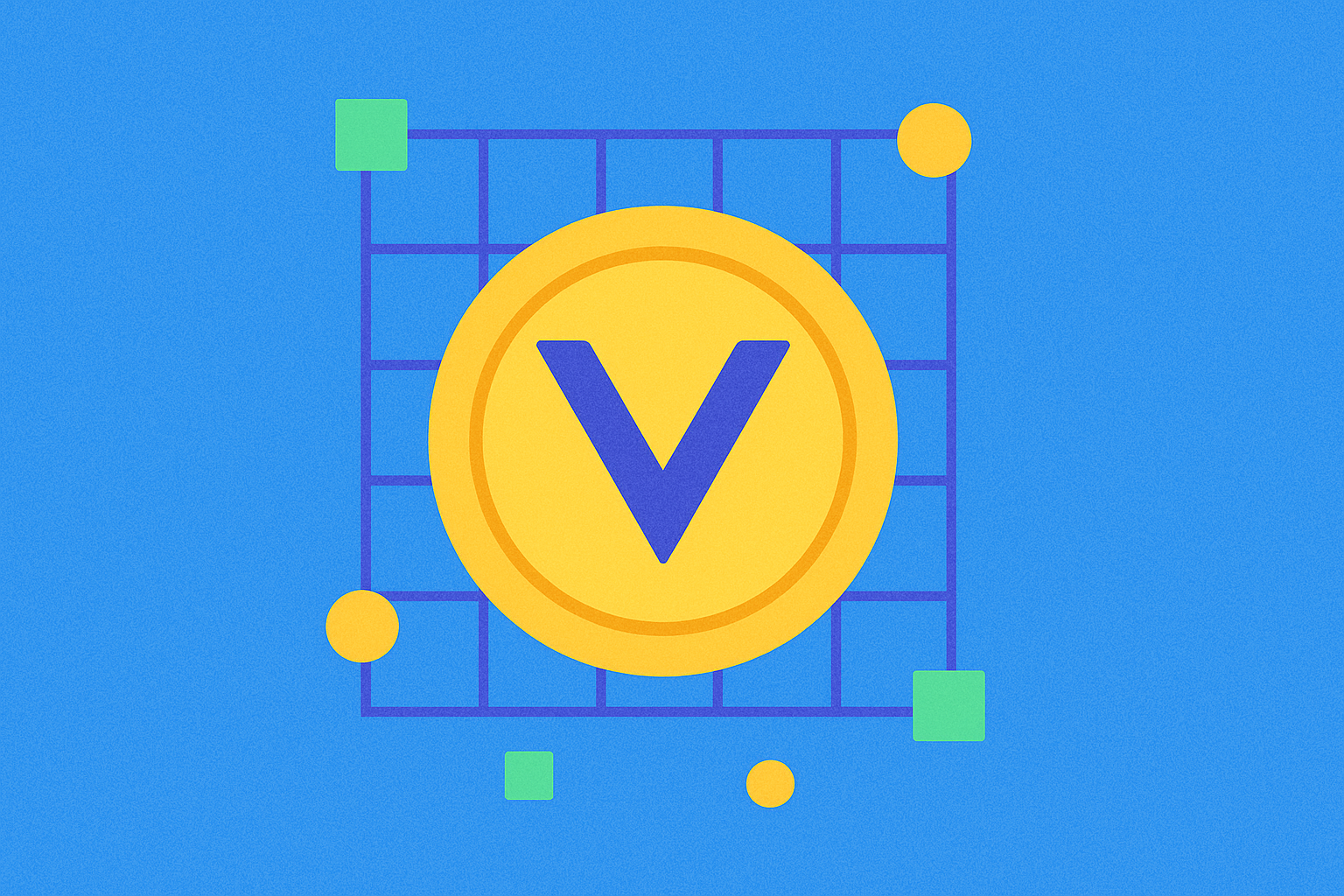
Vision (VSN) iyi bir yatırım mı?: 2024 yılı için Token Performansı, Piyasa Potansiyeli ve Risk Faktörlerinin Kapsamlı Analizi
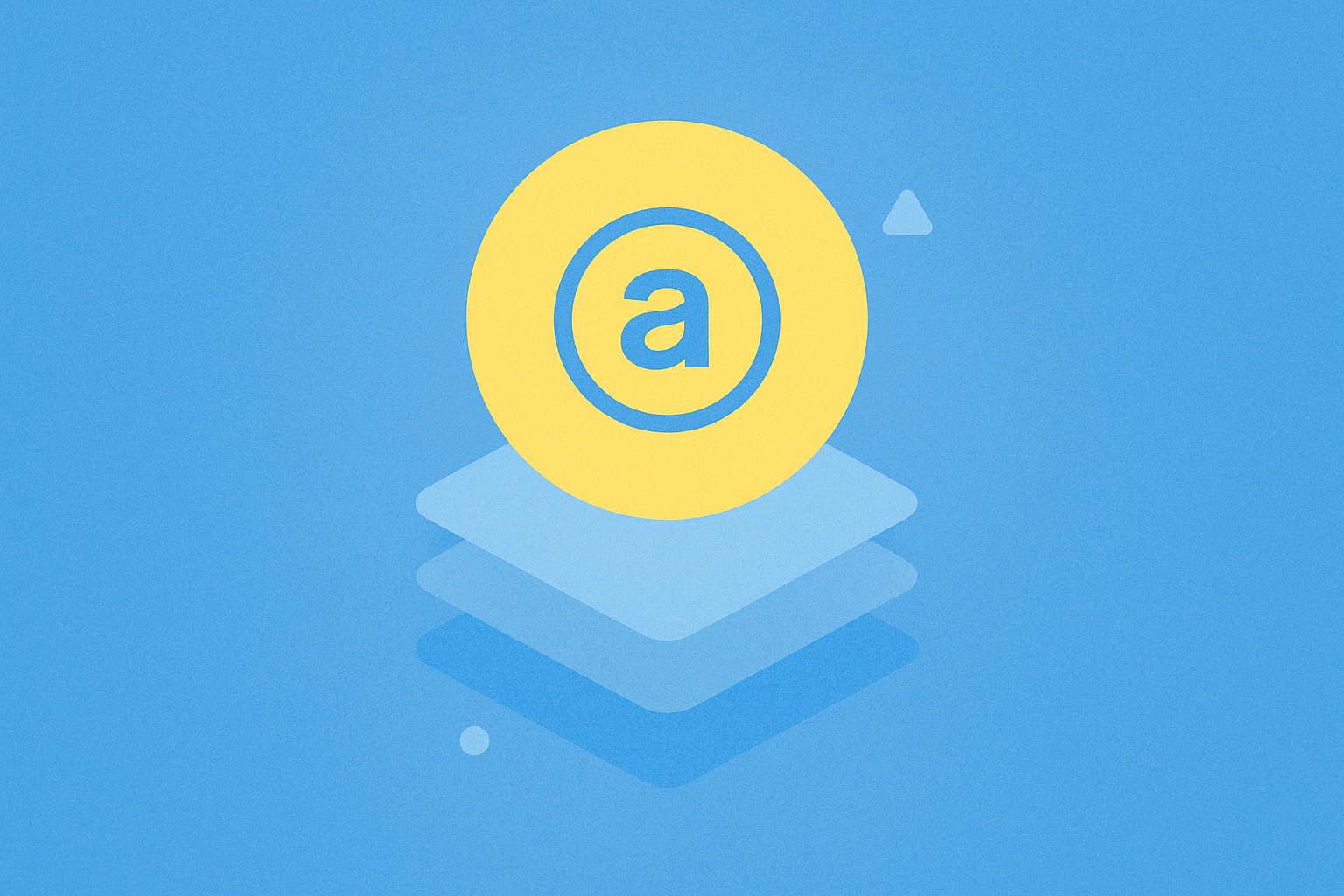
Arweave (AR) iyi bir yatırım mı?: 2024’te Riskler, Fırsatlar ve Piyasa Potansiyeline Kapsamlı Analiz
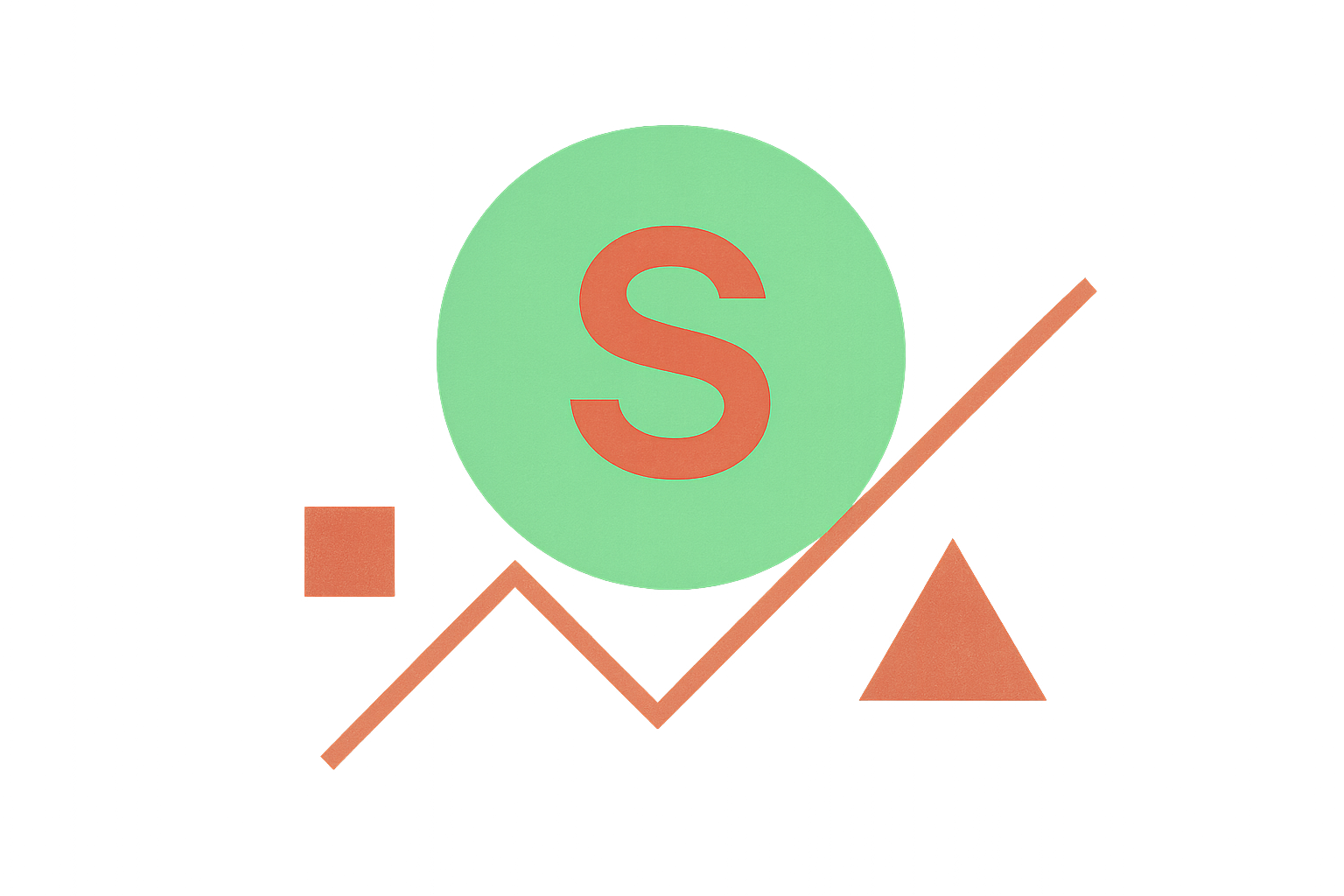
Sonic (S) iyi bir yatırım mı?: 2024’te Fiyat Tahminleri ve Piyasa Potansiyeline Kapsamlı Bir Analiz
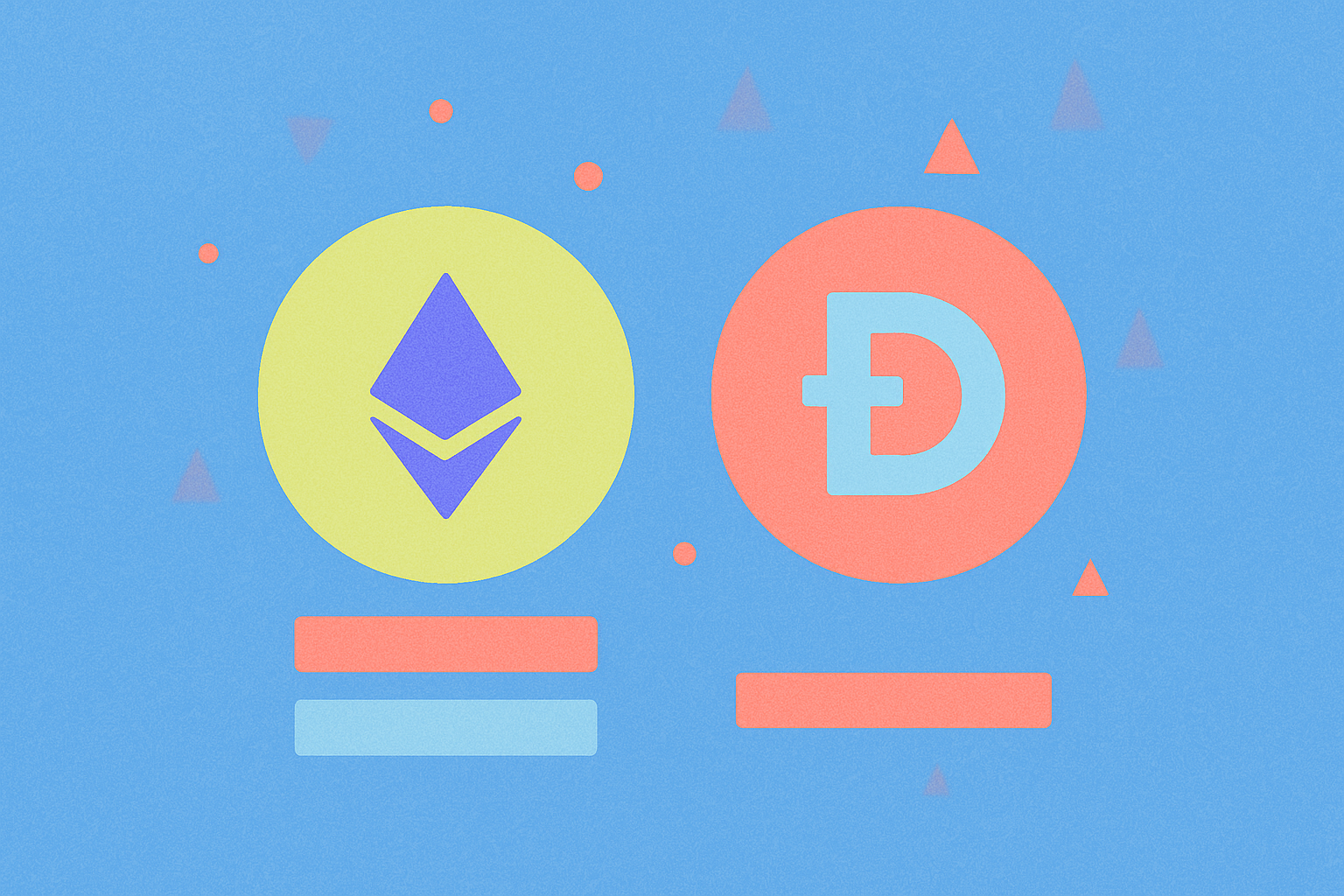
STABLE ve DOGE: Uzun Vadeli Yatırım Potansiyeli Bakımından Hangi Kriptopara Daha Avantajlı?
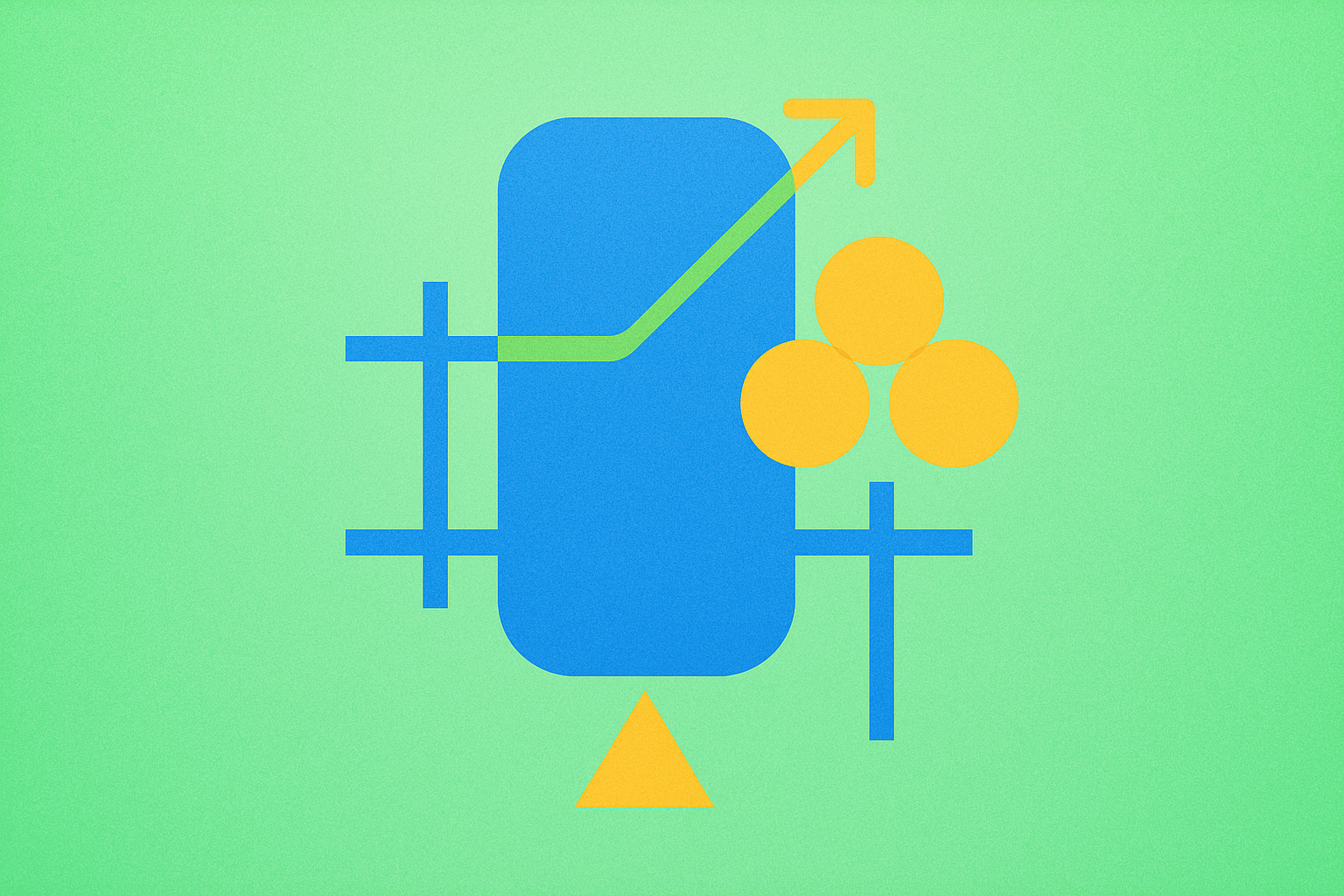
Falcon Finance (FF) iyi bir yatırım mı?: Getiri, Risk ve Piyasa Potansiyelinin Kapsamlı Analizi
